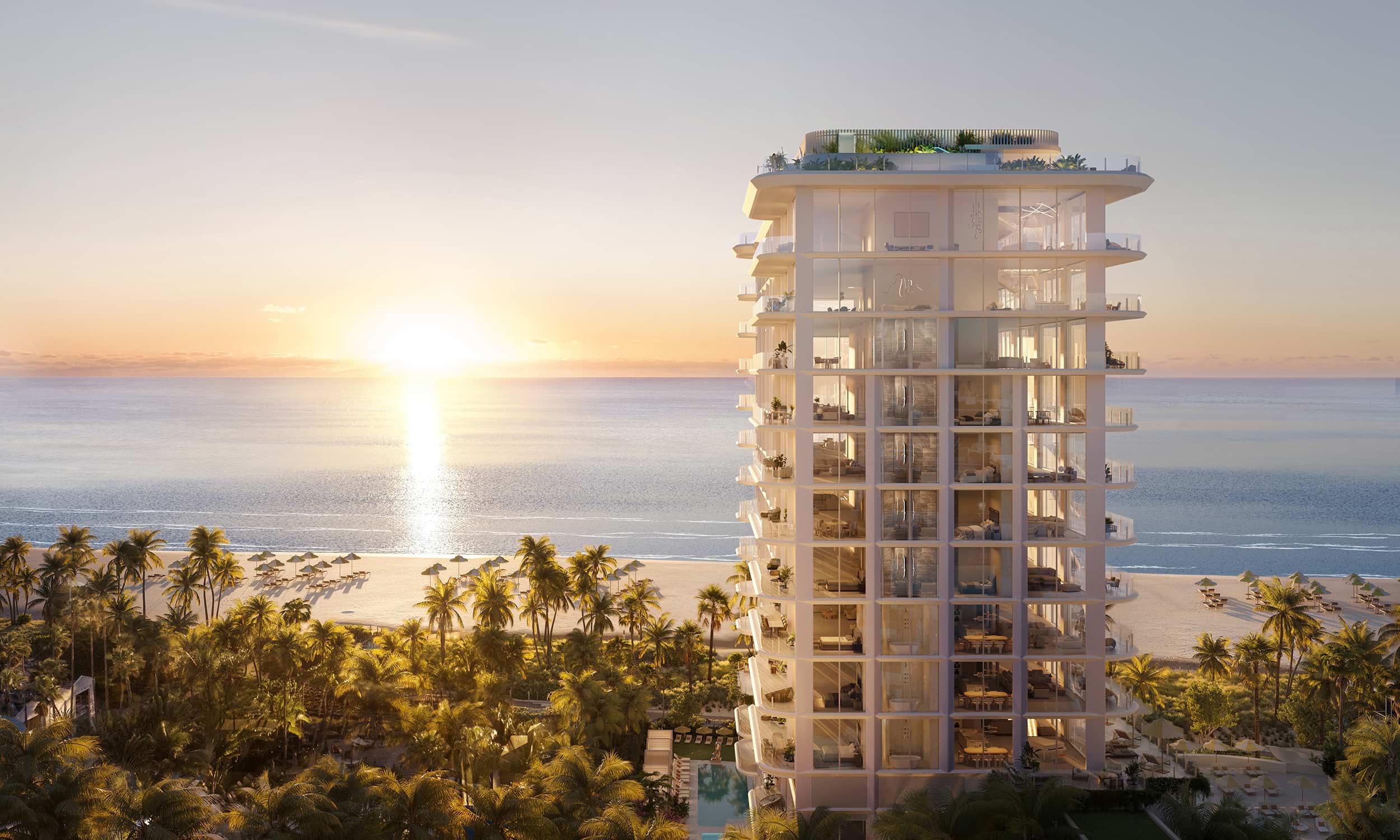As sea levels rise and climate events grow more intense, buyers in Miami are changing their priorities — and the real estate market is responding. In 2025, climate-resilient homes are no longer a niche interest; they are a premium commodity. From elevated structures to sustainable materials and smart drainage systems, these properties are redefining what luxury means in South Florida.
The Shift in Buyer Demand
Luxury homebuyers and investors are increasingly factoring in climate risk when choosing where and what to buy in Miami. Rising insurance premiums, stricter building codes, and high-profile climate-related events have made resilience not just a preference — but a necessity.
Today’s buyers ask questions like:
- Is the home in a flood zone?
- Is it built above base flood elevation?
- Does it include hurricane-impact windows and doors?
- Are there solar panels, battery backups, or smart drainage?
According to recent reports, homes with hurricane-resistant design and elevated construction are selling 10–20% faster and often at a premium of up to 15% compared to similar non-resilient properties.
What Makes a Home Climate-Resilient in Miami?
Here are the most sought-after features in Miami’s new generation of climate-resilient residences:
- Elevation: Homes built on higher ground or raised on pilings/foundations.
- Flood protection: Smart drainage systems, seawalls, and dry floodproofing techniques.
- Hurricane resistance: Impact windows and doors, concrete block construction, reinforced roofs.
- Energy efficiency: Solar panels, Tesla Powerwalls, energy-efficient appliances.
- Sustainable materials: Mold-resistant drywall, recyclable flooring, and eco-conscious finishes.
Neighborhoods Leading the Trend
While much of Miami Beach remains vulnerable, several neighborhoods are gaining recognition for their combination of elevation, proactive planning, and climate-conscious developments:
- Coconut Grove: Naturally elevated and home to some of Miami’s most exclusive, eco-conscious residences.
- Edgewater & Upper East Side: Attracting developers focused on sustainability and LEED certification.
- North Bay Village: Undergoing major redevelopment with plans to future-proof infrastructure.
- Coral Gables: Known for building regulations that support long-term resilience and architectural integrity.
Developers Embracing Resilience
Many of Miami’s top developers are leaning into resilient design as a value-add and marketing advantage. New preconstruction projects are now including:
- Green roofs and solar arrays
- Stormwater retention systems
- LEED or WELL certifications
- Elevated lobbies and mechanical systems above flood levels
Projects like Villa Miami, 1428 Brickell, and Una Residences incorporate sustainability and resilience as core parts of their luxury appeal.
The Insurance Factor
Insurance rates in South Florida have surged — and homes that don’t meet the newest resilience criteria often face much higher premiums or are difficult to insure altogether. Climate-resilient properties, on the other hand, are increasingly seen as safer, insurable, and financially stable assets in a changing environment.
Conclusion: Resilience Is the New Luxury
In 2025, the Miami real estate market is no longer just about views, finishes, and square footage. Buyers want peace of mind — and that means future-proofed properties that are built to last. Climate-resilient homes are now at the intersection of practicality, prestige, and long-term value.
Whether you’re a luxury buyer or investor, choosing resilience is no longer optional — it’s smart real estate.


